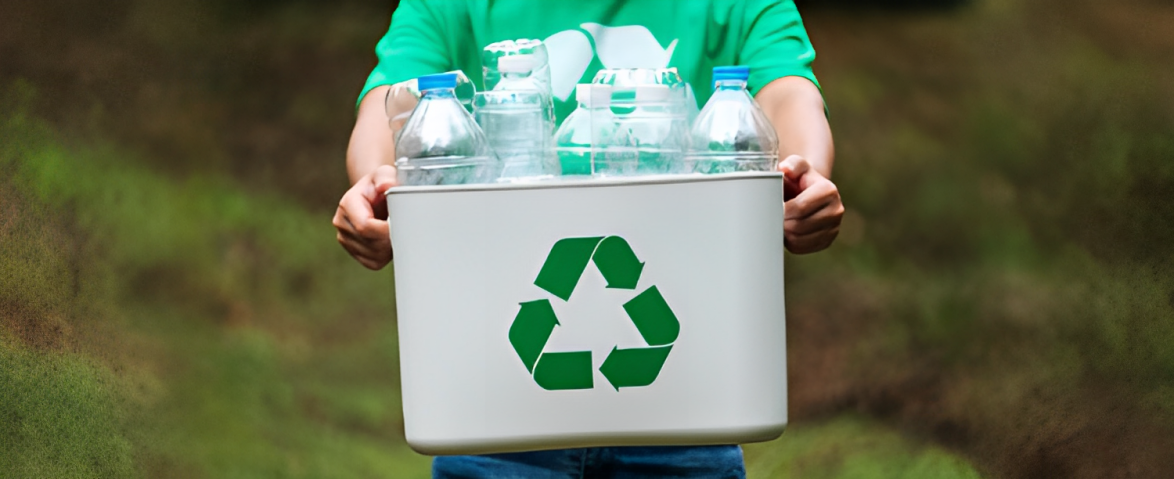If you had purchased $1,000 of Delta Air Lines stock one year ago, you would have $49 left.
With Fannie Mae, you would have $2.50 left of the original $1,000.
With AIG, you would have less than $15 left.
But, if you had purchased $1,000 worth of beer one year ago, drunk all of the beer, then turned in the cans for the aluminum recycling REFUND, you would have $214 cash.
Based on the above, the best current investment advice is to drink heavily and recycle.
